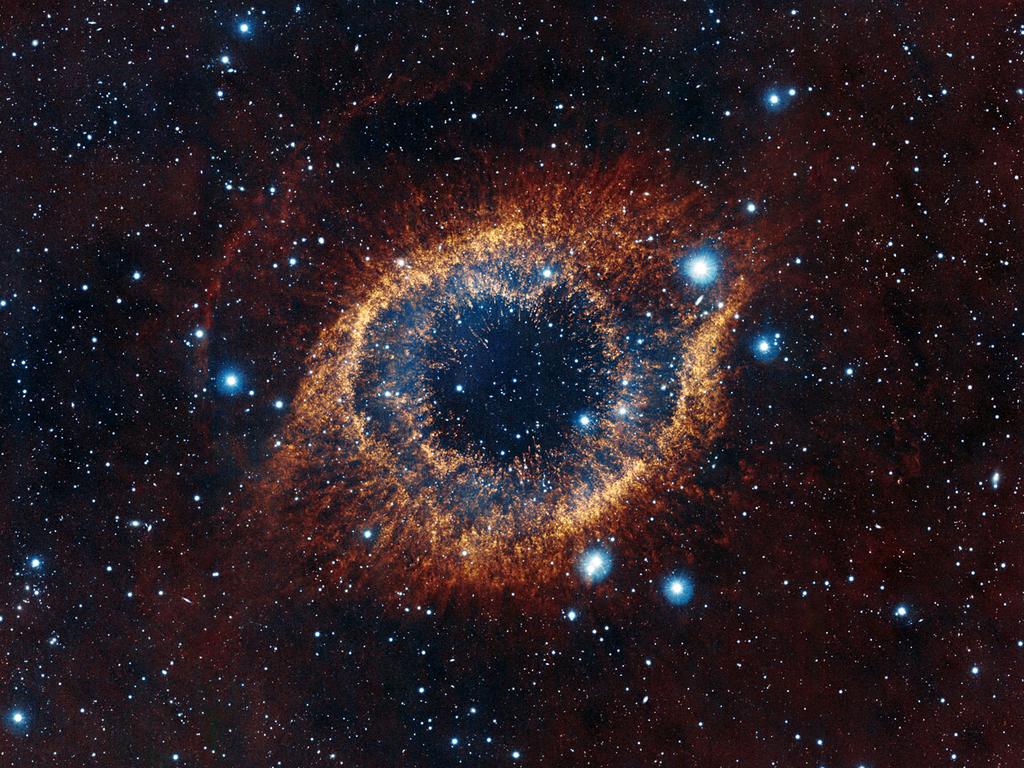I read about the great scientific debate of the eighteenth century: is space absolute or relative? Today, the standard view is that science and religion are opposites. But it was his theology that led Newton to regard space, “the sensorium of God,” as absolute; and a different theology that led Leibniz to uphold relativity, two hundred years before Einstein.
“Lord, what does this reading have to do with my assignment?”
The history of science is My story.
“Do you mean the history of the physical world?”
No, the history of man’s efforts to understand the world is the history of man’s relation to Me.
“Then You are the world?”
No, I am the point of interaction between man and the world.
